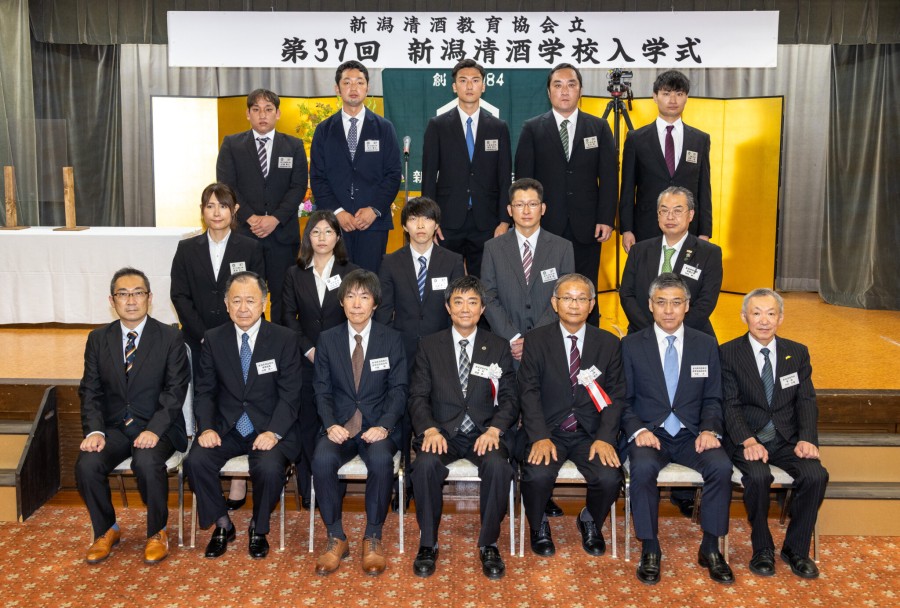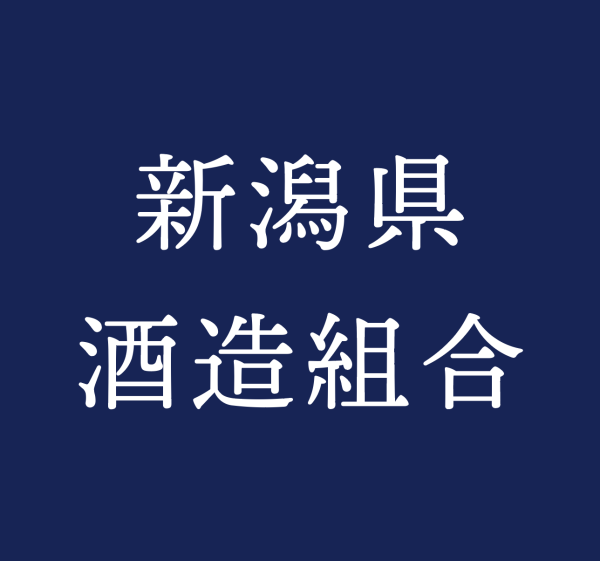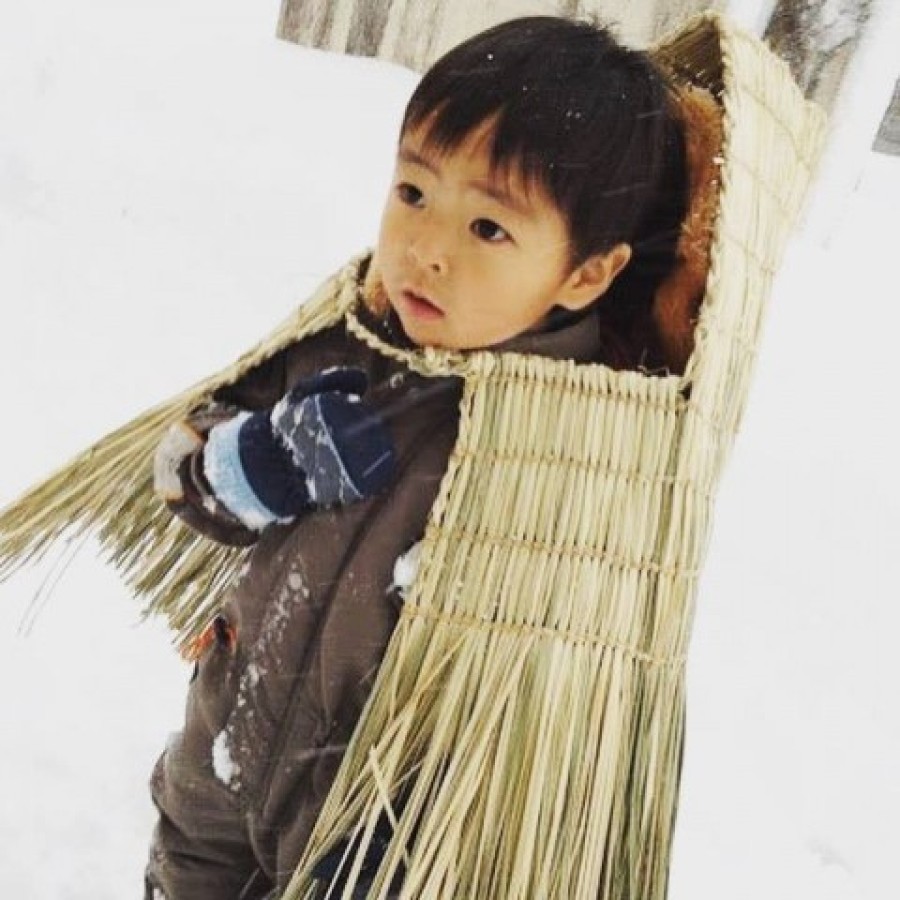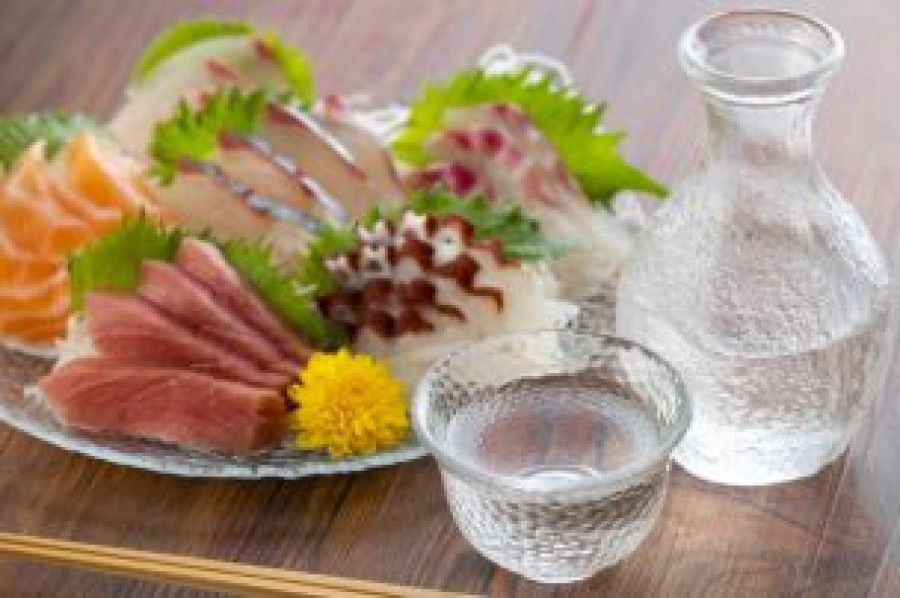On 14 July, the 37th entrance ceremony of the Niigata Sake School was held.
The location is Hotel Kohan, on the shores of Lake Toriyanogata in Niigata City.
Last year the school was closed for a year due to the Corona disaster, so this was the first time in two years that the school had held an entrance ceremony.
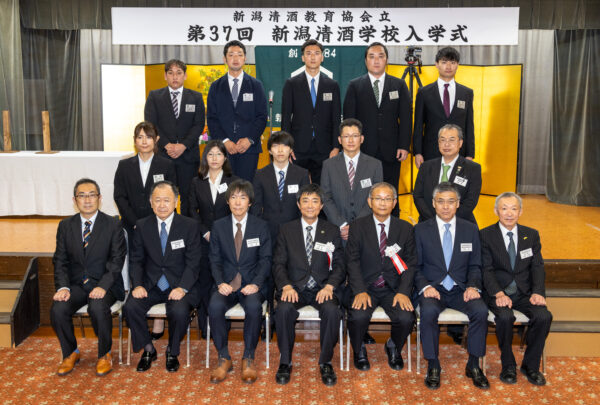
This year, nine students from nine companies enrolled.
Congratulations to all new students!
This year, 39 students from 27 companies in three grades are studying.
Now you may be wondering, "What is Niigata Sake School?" Here's a little explanation for those who wonder "What is the Niigata Sake School?
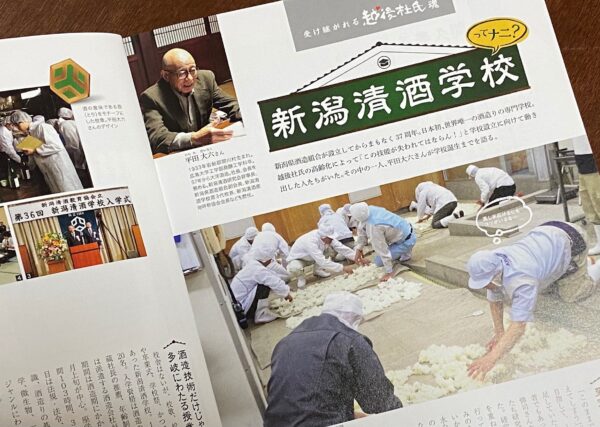
This is the Niigata Sake School introduction page of the special feature 'The Inherited Spirit of the Echigo Touji' in the 2021 Spring/15 issue of Niigata Hatsu R.
We interviewed Dairoku Hirata, who was the third headmaster of the school, and Kenichi Watanabe, the current headmaster.
Niigata Sake School is an educational institution for sake brewing technicians created by the Niigata Sake Brewers Association in 1984.
With the passing of time, migrant and seasonal employment by Echigo Toji groups ceased, and the number of Echigo Toji workers decreased drastically.
The Niigata sake industry, which had been formed to promote the skills of the Echigo Toji, decided to create the only educational institution of its kind in Japan, with a style unique to Niigata.
Those eligible for admission are those who are employed year-round by a brewery in the prefecture and who are recommended by the brewery.
Normally, the school has a capacity of 20 students per year group, but this year the number of students was halved as a measure against the Corona disaster.
There are currently more than 500 graduates, with about 40 graduate toji brewing beautiful, carefully selected sake in the prefecture.
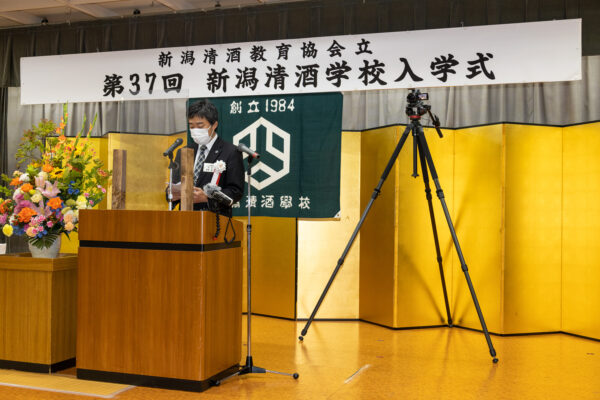
Kenichi Watanabe (Ishimoto Sake Brewery), the fifth headmaster of the school, delivers a ceremonial address to the new students at the entrance ceremony on 14 July.
The reason for holding the entrance ceremony in July is that the brewing calendar, the brewing year, begins in July.
Graduation ceremonies are usually held in June, and the first graduation ceremony in two years was held on 11 June last month.
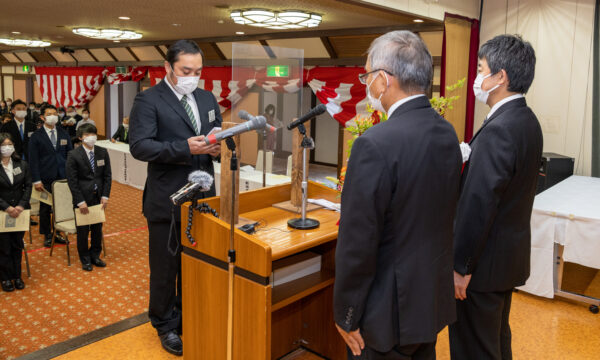
Akira Kanai of Aoki Sake Brewery (Minamiuonuma City) gave the opening address on behalf of the incoming students.
The sake school runs for three years, with approximately 100 hours of classes per year, mainly during the winter months, excluding the brewing period.
Classes are held at the Niigata Sake Brewery Hall in Chuo-ku, Niigata City, and at the Niigata Brewery Experiment Station adjacent to Gokoku Shrine. Another feature of the Niigata Sake School is that there is no specific school building.
After the entrance ceremony, a three-day and two-night camp lecture was held as it was before the Corona Disaster, with special classes given by external lecturers together with industry professionals, but this year there was no camp but a three-day commuting 'group class'.
I am also a lecturer once a year for two hours (this year for one and a half hours).
It's 'Self-expression in writing: how to write a letter' for first-year students.
I have been in charge of the Niigata Sake School since 2013, when I succeeded Tatsufumi Tanizawa, who wrote the lyrics to the school song.
At the beginning of the class, we ask for a show of hands from those who have written a handwritten letter or postcard in the past year, but this number is decreasing year by year.
This year, a whopping zero!
Letters and sake are part of the same Japanese culture.
The classes include practical exercises, with the hope that the students will be inspired to write letters (including postcards and one-stroke notes).
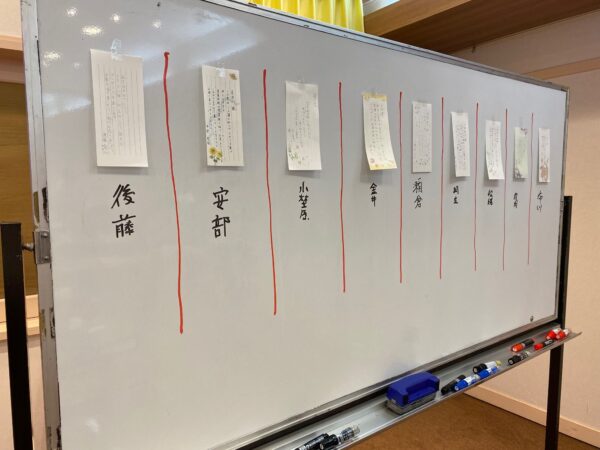
At the end of the class, the students were asked to write a letter on a piece of writing paper to a person or situation.
Everyone wrote lovely, heartfelt letters, even though they said they hadn't written any at all!
The recipient will be delighted.
On the last day of the assembly class, the other classes were observed.
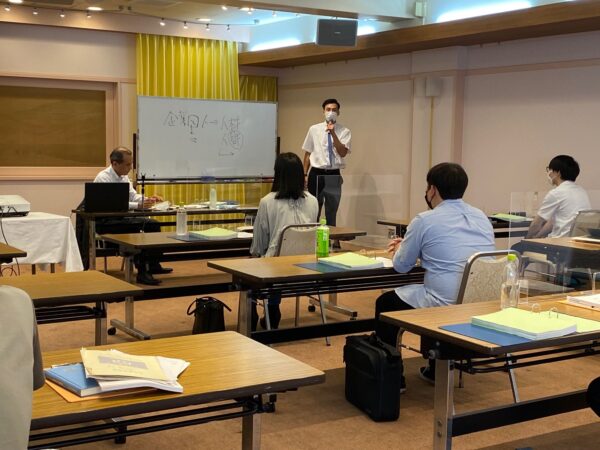
This is first-year students' 'Companies and People'. The lecturer is Gen Kobayashi of Musashino Sake Brewery.
One by one, they introduce themselves and then the person nominated by the instructor must ask any questions.
'Asking questions' = 'taking an interest in the other person', and it seemed to me that the aim of the class was how to introduce oneself in a way that would interest the other person.
And who am I? It made me think.
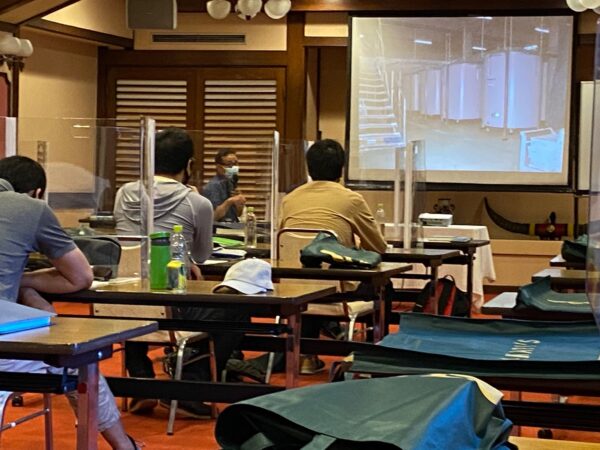
The lecturer for the second grade 'My Sake Brewing Theory' was Mr Yoshikazu Ishiguro, Toji of the Hara Sake Brewery.
The film was used to introduce the recovery from the Chuetsu earthquake and Ishiguro's ideas on sake brewing in an easy-to-understand manner.
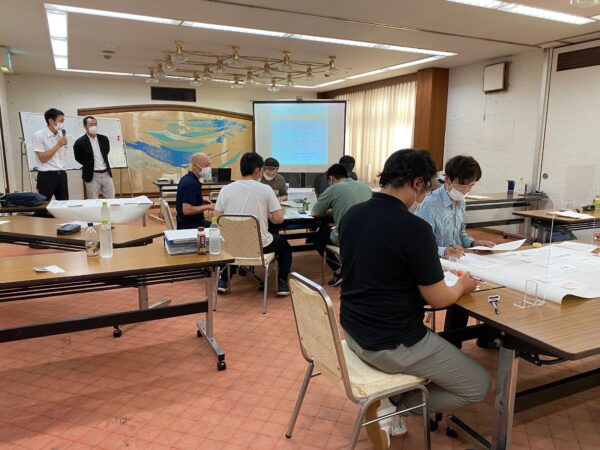
This is Grade 3: Methods of Discussion.
The lecturers were Akira Hatakeyama (Yoshinogawa) and Hirofumi Asano (Koshi Meizou) from the Niigata Sake Research Association.
Cases of specific problems are presented, and the groups discuss and draw conclusions on how to solve them.
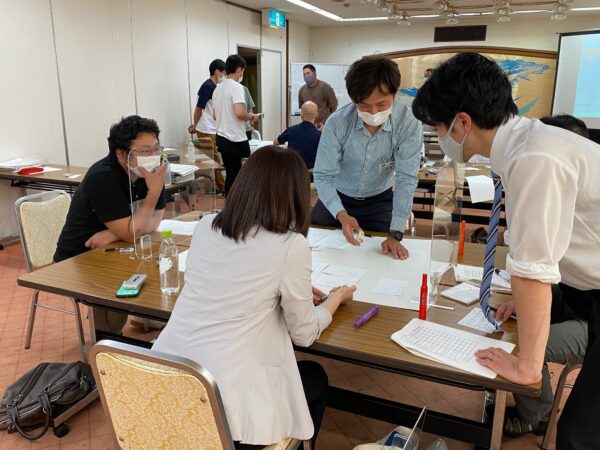 As expected of a third year student.
As expected of a third year student.
They actively exchanged opinions, consulted with each other, asked each other questions and finally came up with their own answers.
The bonds fostered during the three years at Niigata Sake School are used in various aspects after graduation.
I was reminded that the Niigata Sake School is a treasure of Niigata and a major force behind the deliciousness of Niigata sake.
『cushu手帖』『新潟発R』編集長
高橋真理子
2021.07.30
advertisement


